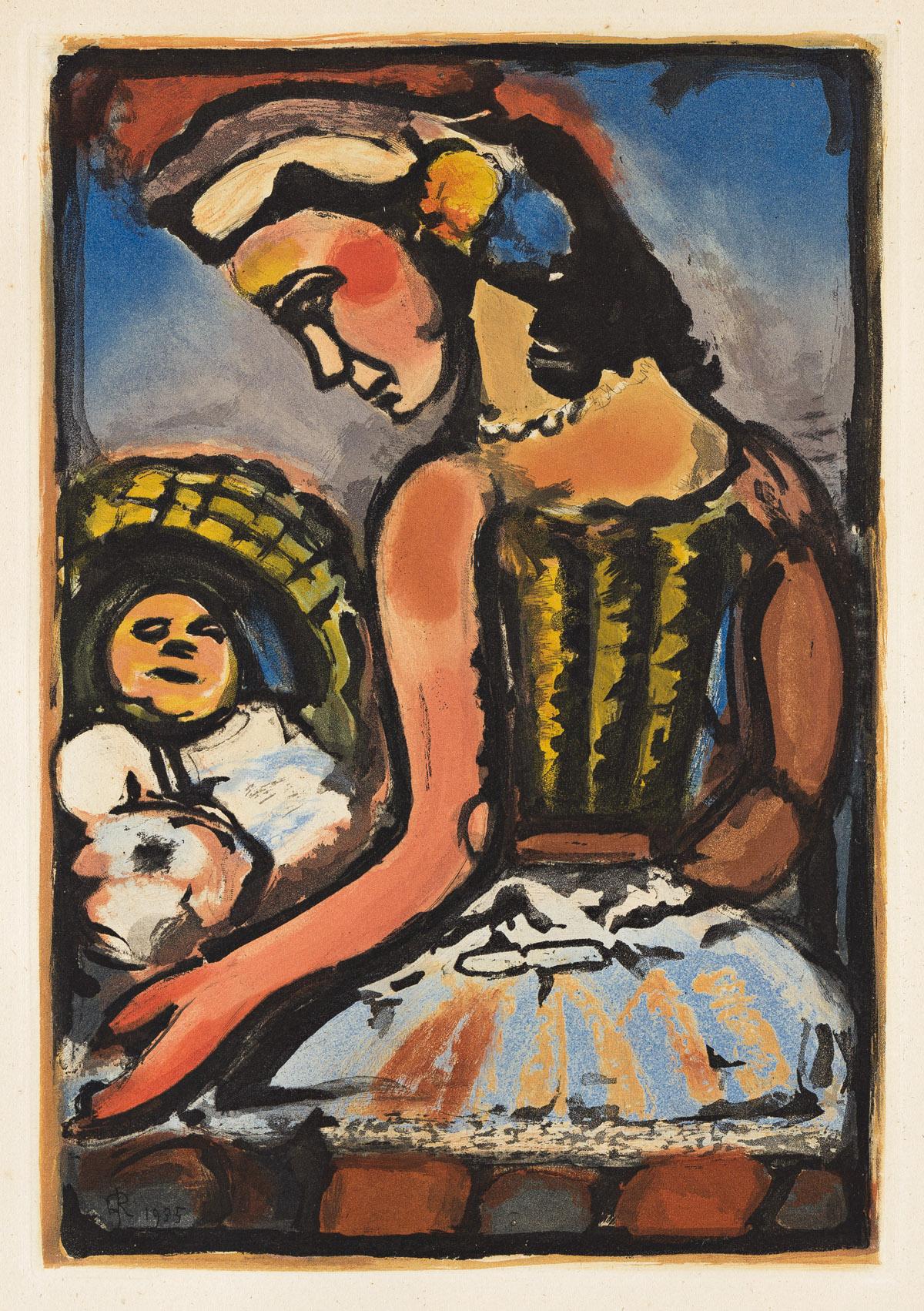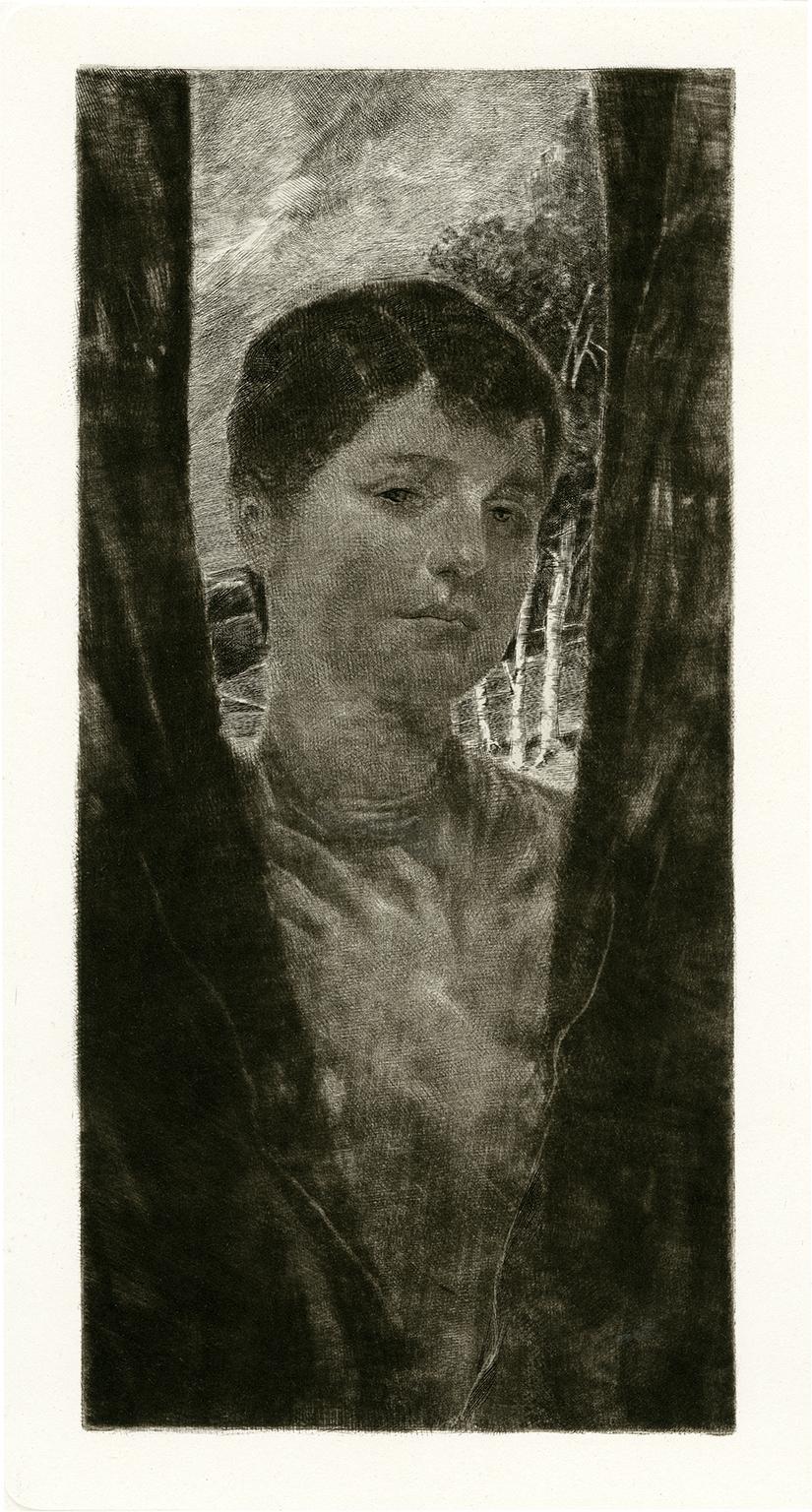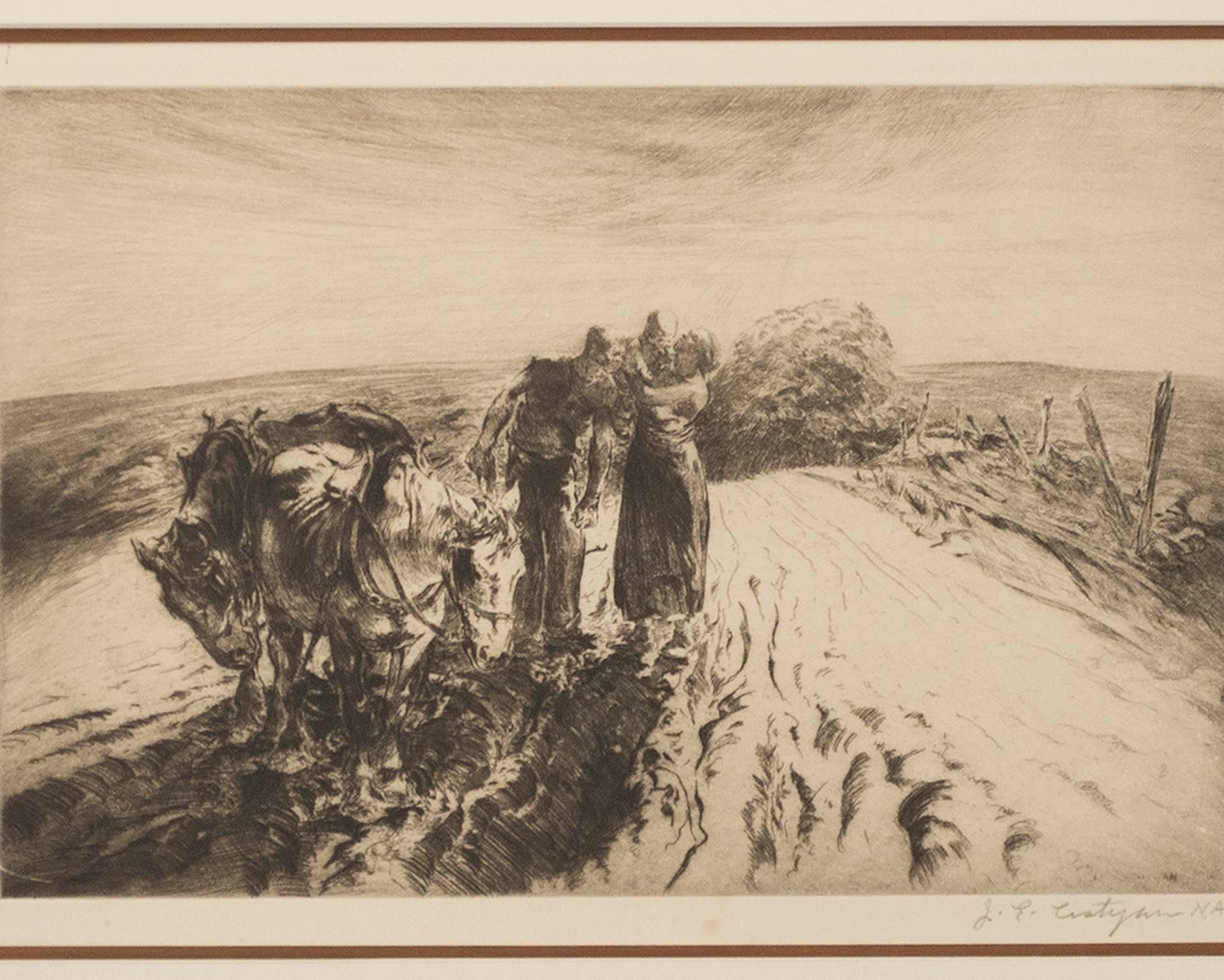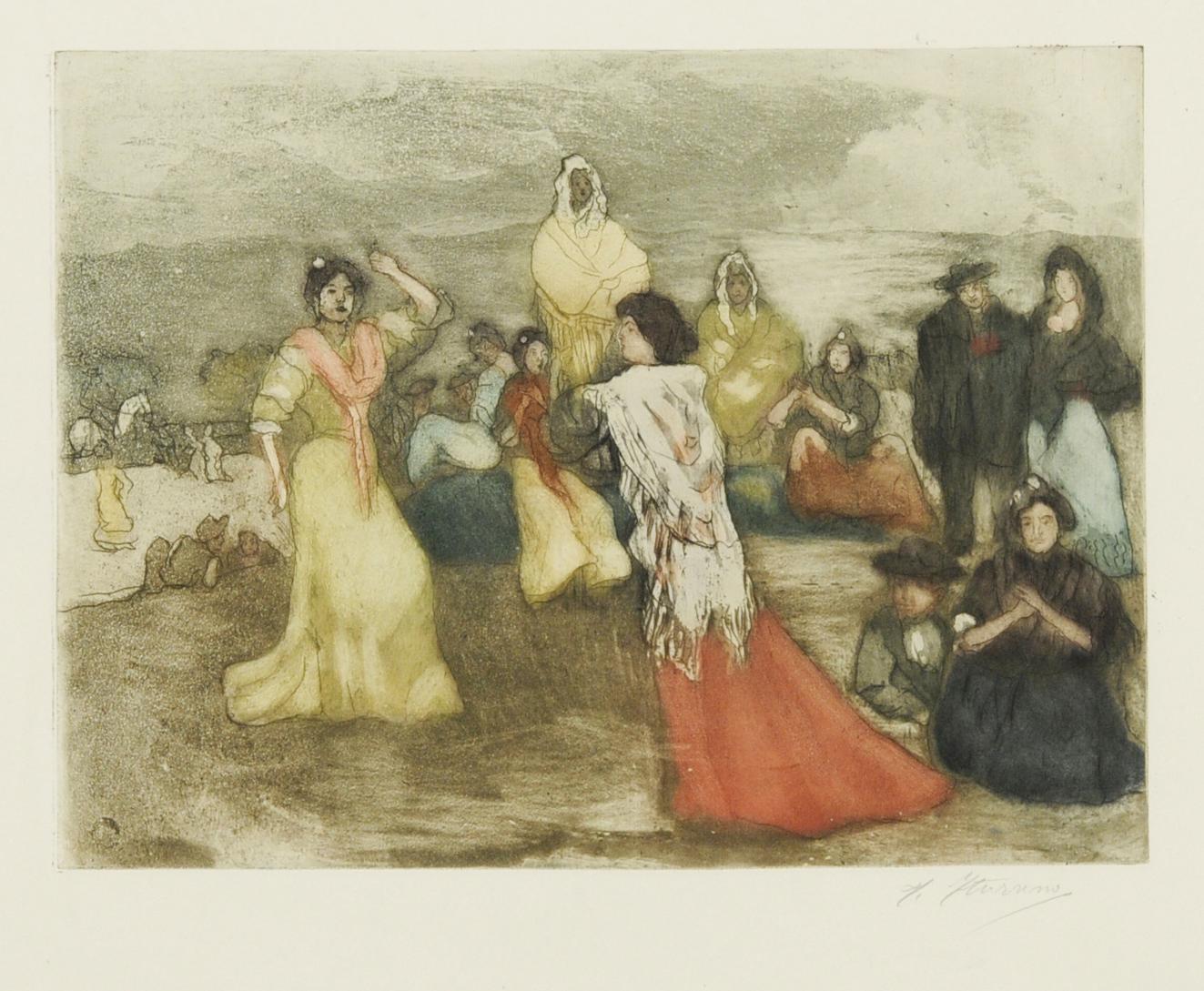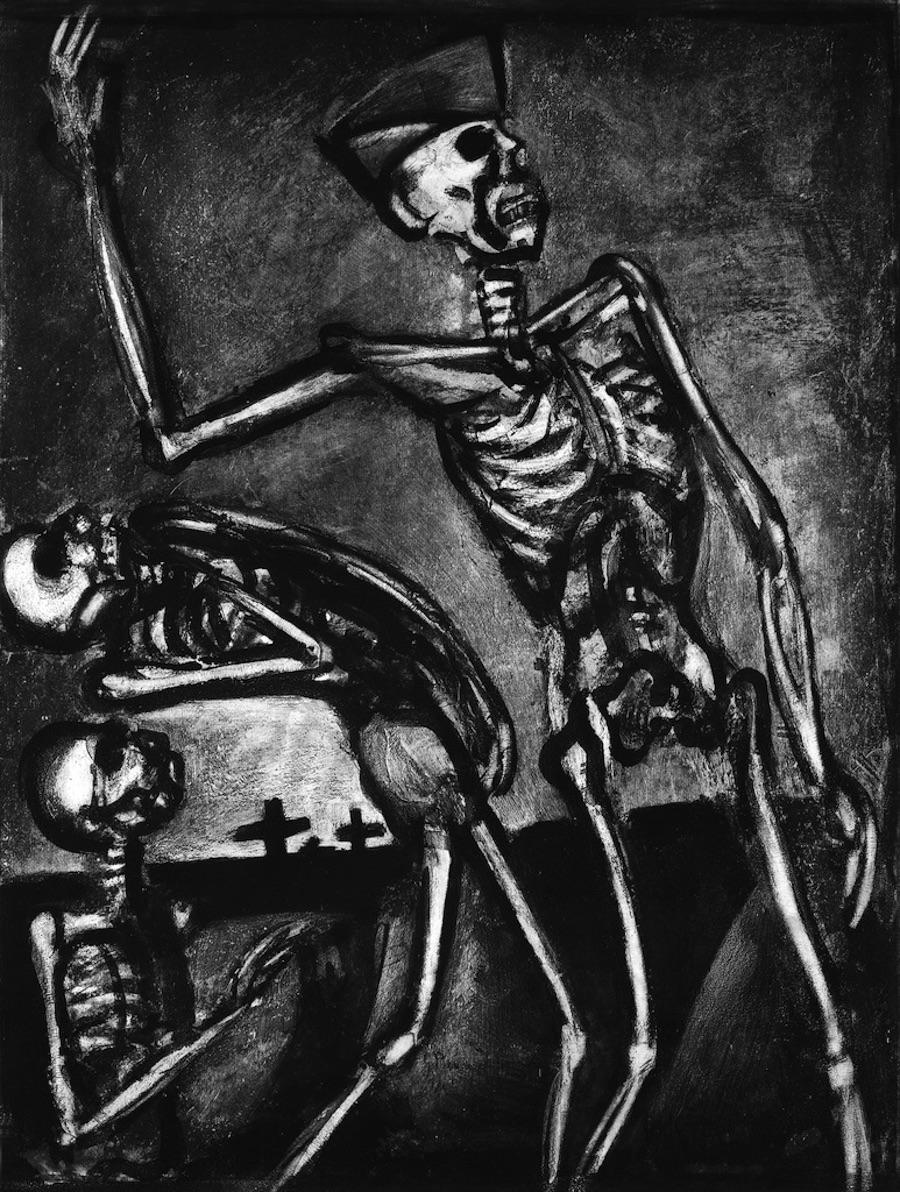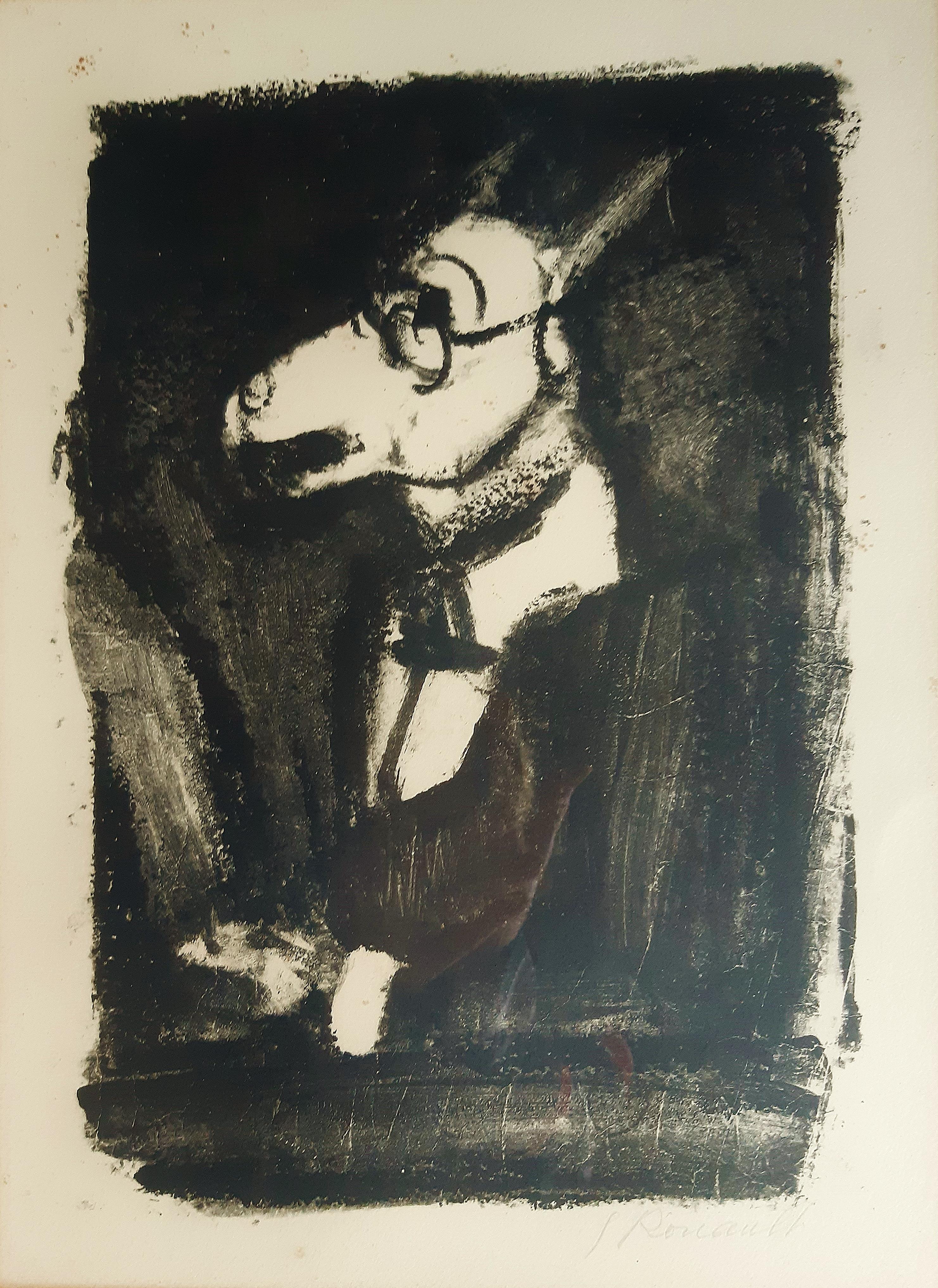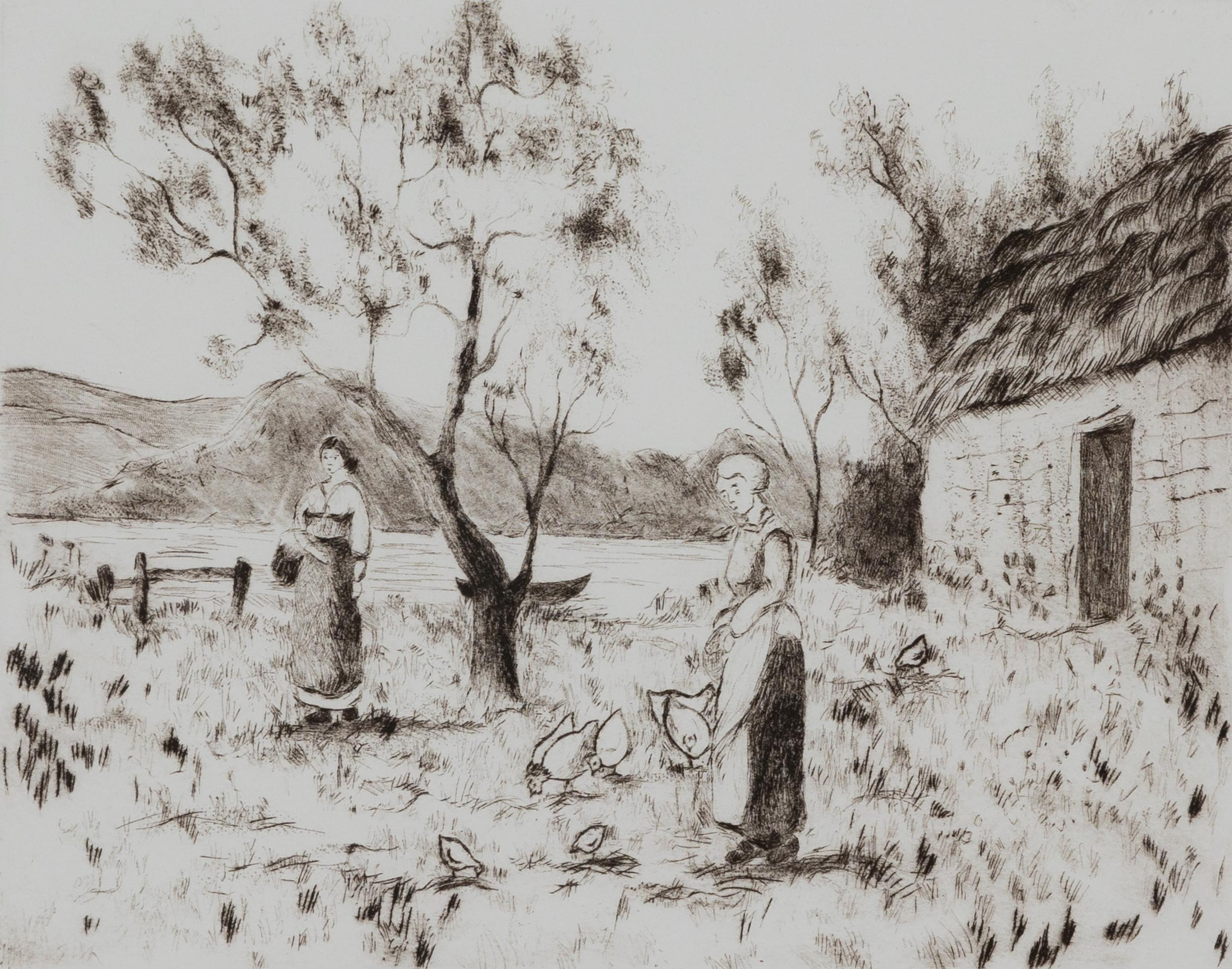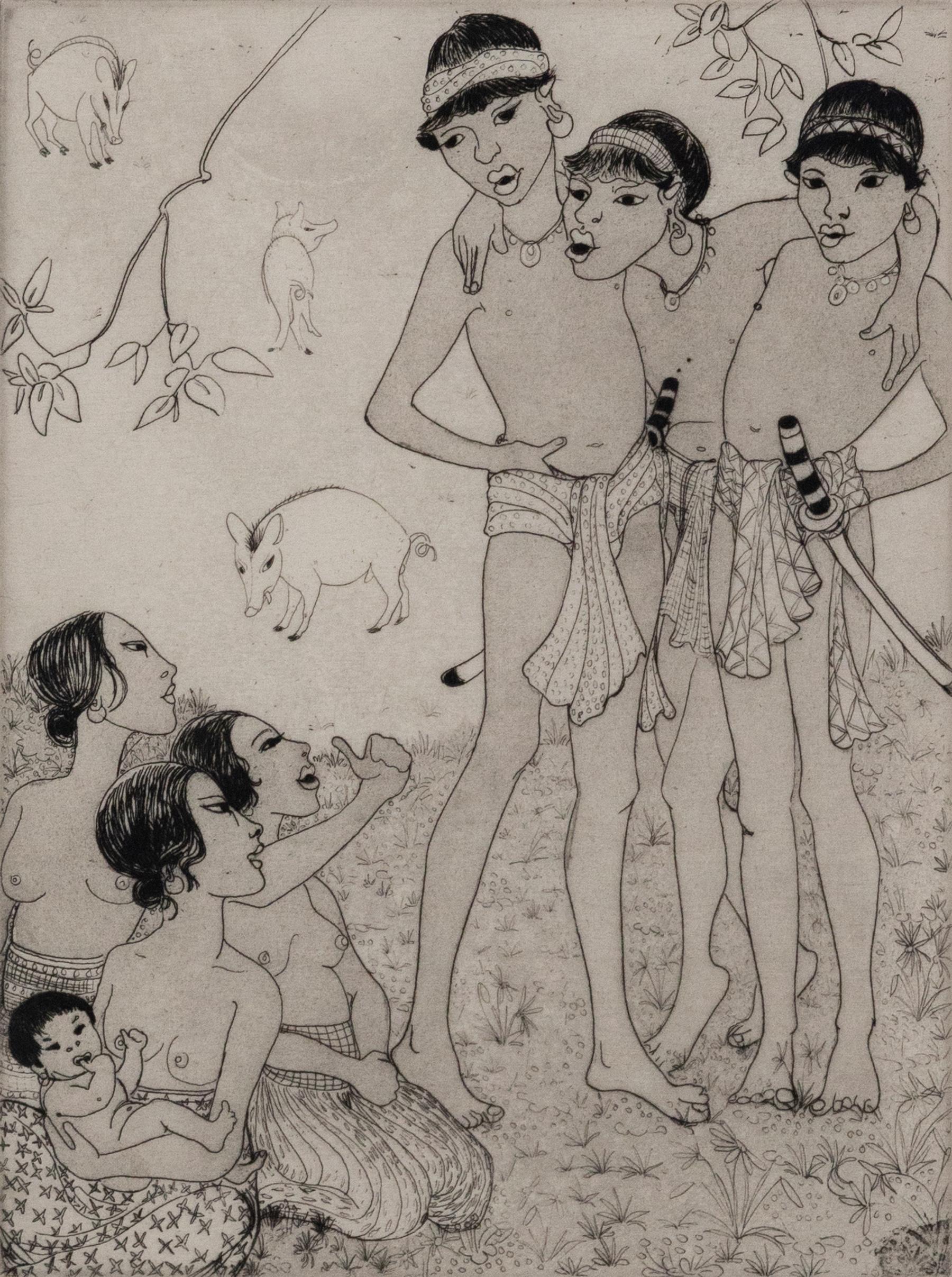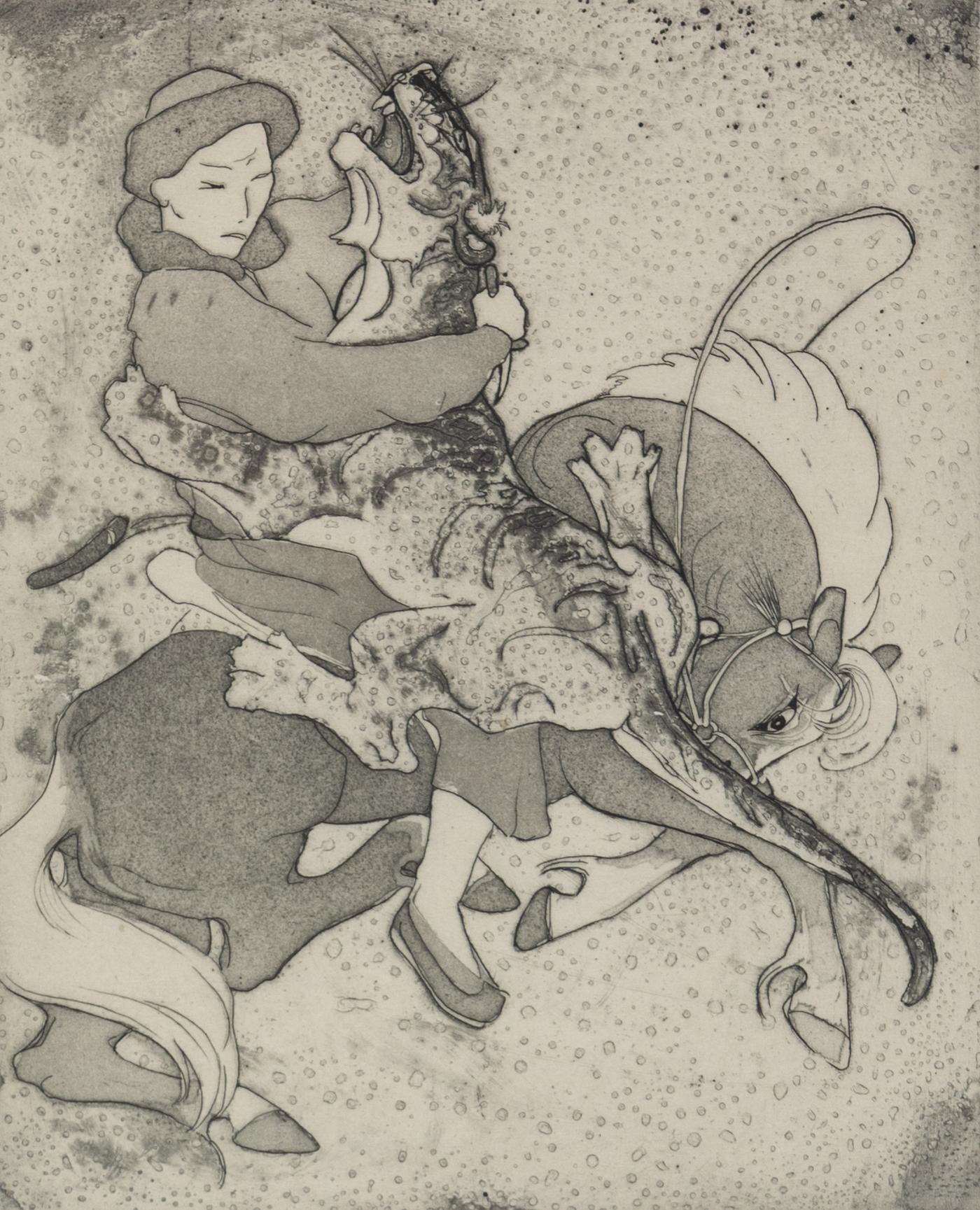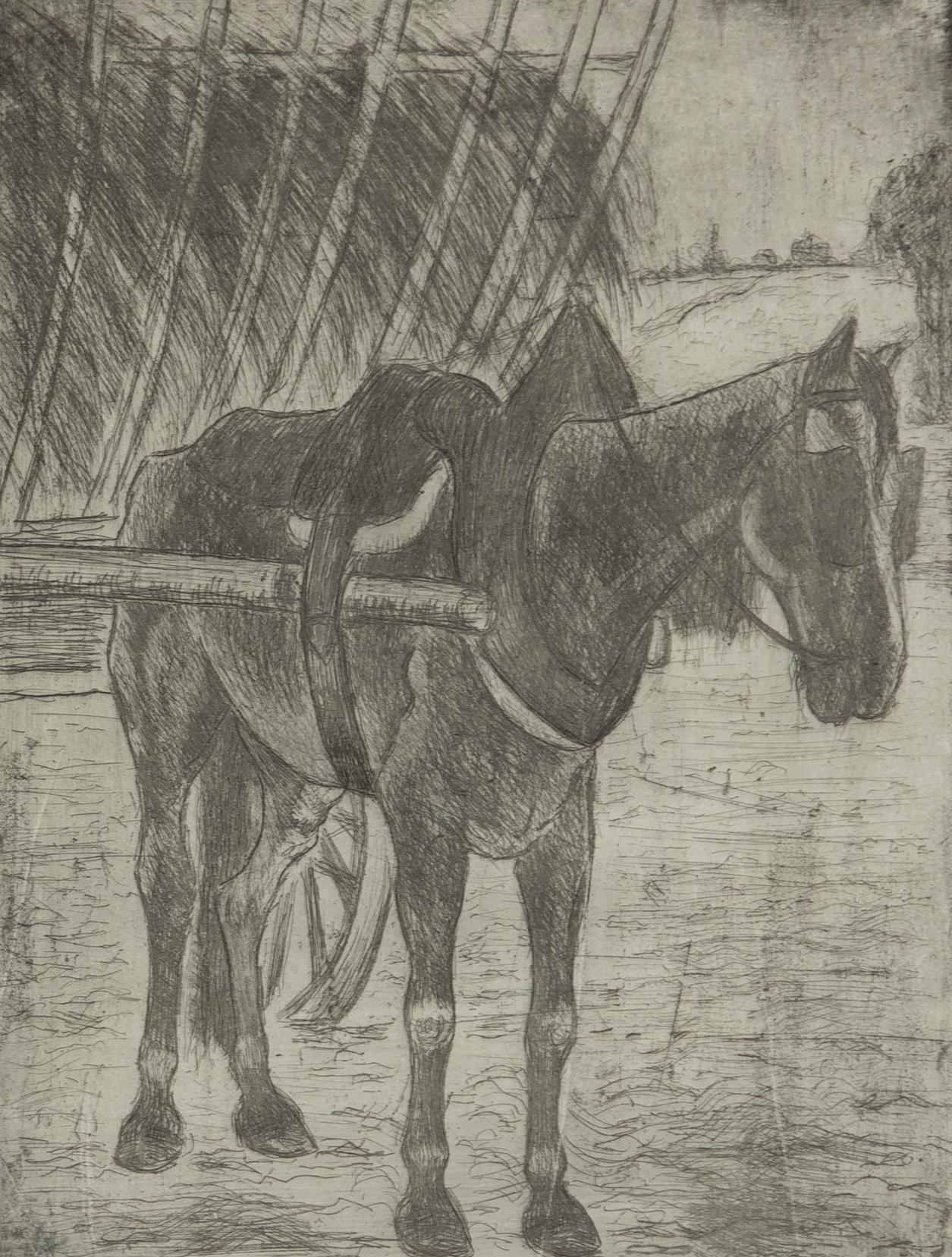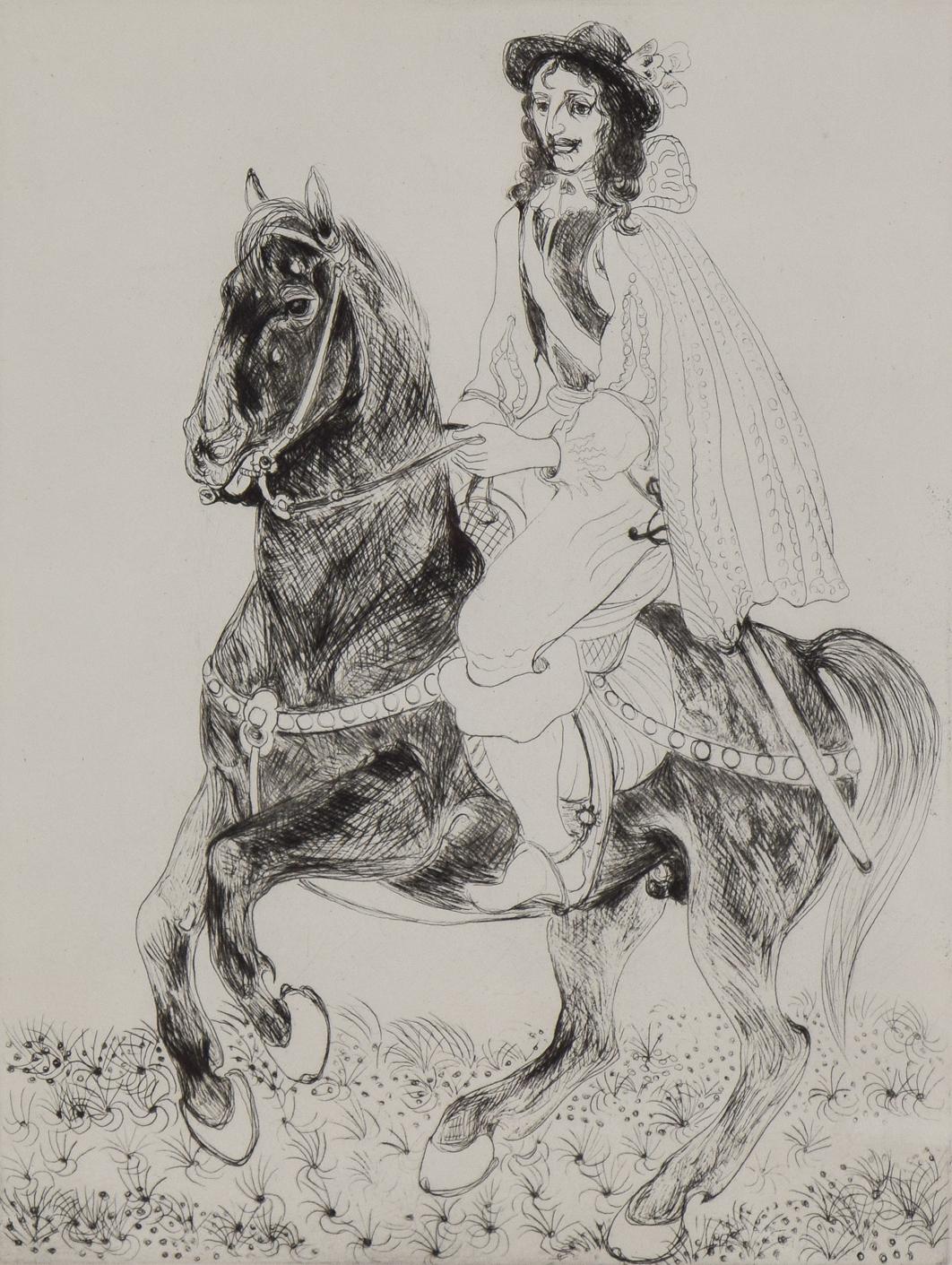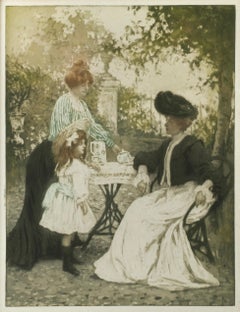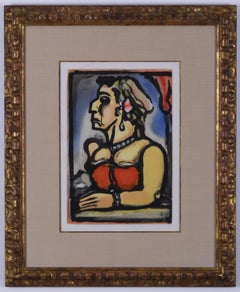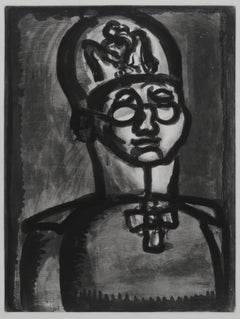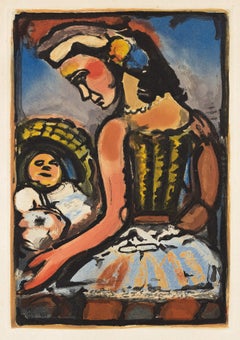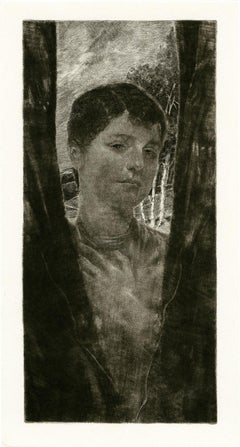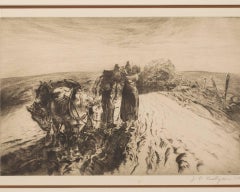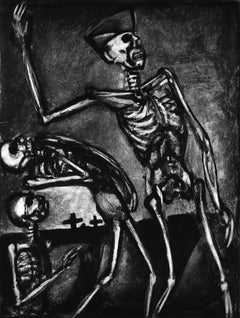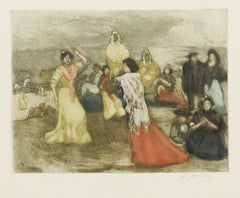
Sevillanas
View Similar Items
Want more images or videos?
Request additional images or videos from the seller
1 of 9
Francisco "Paco" Gonzales de IturrinoSevillanasc. 1900
c. 1900
$1,400List Price
About the Item
- Creator:Francisco "Paco" Gonzales de Iturrino (1864 - 1924)
- Creation Year:c. 1900
- Dimensions:Height: 11.75 in (29.85 cm)Width: 15.75 in (40.01 cm)
- Medium:
- Movement & Style:
- Period:
- Condition:
- Gallery Location:Fairlawn, OH
- Reference Number:Seller: FA76491stDibs: LU14014530832
About the Seller
5.0
Recognized Seller
These prestigious sellers are industry leaders and represent the highest echelon for item quality and design.
Gold Seller
Premium sellers maintaining a 4.3+ rating and 24-hour response times
Established in 1978
1stDibs seller since 2013
796 sales on 1stDibs
Typical response time: 1 hour
Associations
International Fine Print Dealers Association
Authenticity Guarantee
In the unlikely event there’s an issue with an item’s authenticity, contact us within 1 year for a full refund. DetailsMoney-Back Guarantee
If your item is not as described, is damaged in transit, or does not arrive, contact us within 7 days for a full refund. Details24-Hour Cancellation
You have a 24-hour grace period in which to reconsider your purchase, with no questions asked.Vetted Professional Sellers
Our world-class sellers must adhere to strict standards for service and quality, maintaining the integrity of our listings.Price-Match Guarantee
If you find that a seller listed the same item for a lower price elsewhere, we’ll match it.Trusted Global Delivery
Our best-in-class carrier network provides specialized shipping options worldwide, including custom delivery.More From This Seller
View AllSevillanas
Located in Fairlawn, OH
Sevillanas
Etching and color aquatint on laid watermarked paper, c. 1900
Signed by the artist in pencil lower right (see photo)
Editioned in pencil lower left corner of sheet
Publish...
Category
Early 1900s Post-Impressionist Figurative Prints
Materials
Aquatint
Le Tasse de The (The Cup of Tea)
By Manuel Robbe
Located in Fairlawn, OH
Le Tasse de The (The Cup of Tea)
Color aquatint and etching, c. 1906
Signed in pencil in the image (see photo)
Edition: c. 100
Reference: Merrill Chase, Volume 1, No. 85
Condition: F...
Category
Early 1900s Art Nouveau Figurative Prints
Materials
Aquatint
Madame Carmencita, Plate 9
By Georges Rouault
Located in Fairlawn, OH
Madame Carmencita, Plate 9
From: Cirque de l'etoile filante (Circus of the Shooting Star), 1934-1936 (published 1938)
Signed with the artist's initials and dated, lower right of plat...
Category
1930s French School Figurative Prints
Materials
Aquatint
Loin du sourire de Reims (Far from the Smile of Rheims)
By Georges Rouault
Located in Fairlawn, OH
Loin du sourire de Reims (Far from the Smile of Rheims)
Aquatint, drypoint, roulette and burnishing over heliogravure, 1922
Signed with the initials in the plate and dated (see photo...
Category
1920s French School Figurative Prints
Materials
Aquatint
Ne sommes-nous pas forçats? (Are we not Slaves?)
By Georges Rouault
Located in Fairlawn, OH
Ne sommes-nous pas forçats? (Are we not Slaves?)
Aquatint and heliogravure on Arches laid paper watermarked "Ambroise Vollard"
Signed and dated in the plate lower left (see photo)
P...
Category
1920s French School Figurative Prints
Materials
Aquatint
Qui ne se grime pas? (Who does not wear a mask?)
By Georges Rouault
Located in Fairlawn, OH
Qui ne se grime pas?
(Who does not wear a mask?)
Aquatint, roulette, drypoint, acid bite, and scorper, 1923
Signed in the plate loweer left (see photo)
Dated in pencil
Series: Miser...
Category
1920s French School Figurative Prints
Materials
Aquatint
You May Also Like
Dors mon amour
By Georges Rouault
Located in New York, NY
A superb impression of this color aquatint. From an unnumbered edition of 280. Printed by Lacouriere, Paris. Published by Vollard, Paris. From "Cirque de l'Étoile Filante."
Catalogu...
Category
1930s Fauvist Abstract Prints
Materials
Color, Aquatint
'Erinnerung (Remembrance)' — Turn-of-the Century Romanticism
By Max Klinger
Located in Myrtle Beach, SC
Max Klinger, 'Erinnerung' (Remembrance), original etching with aquatint, 1896. A fine, richly inked impression on off-white, wove paper, with full margins (1 3/4 to 3 1/8 inches), in...
Category
1890s Post-Impressionist Figurative Prints
Materials
Etching, Aquatint
"When Day is Done, " an Original Etching signed by John Edward Costigan
By John Edward Costigan
Located in Milwaukee, WI
"When Day is Done" is an original etching and aquatint signed lower right in pencil by the artist John Edward Costigan. It depicts a man and a woman with their young child at the end...
Category
1930s Post-Impressionist Figurative Prints
Materials
Etching, Aquatint
Debout les Morts - Etching and Aquatint by G. Rouault - 1948
By Georges Rouault
Located in Roma, IT
Debout les morts is an original etching, drypoint, burnisher and roulette realized by Georges Rouault in 1948, signed in plate, watermark Ambroise Vollard, plate 54 from “Miserere”, edition 450 copies.
Included a frame.
In very good conditions.
The artwork demonstrates three skeletons that are scared and in miserable expression, two of them in the fear of third one, who stands with a hand upward in the air.
Georges Henri Rouault (1871-1958) was a French painter, print maker artist, his artworks are often associated with Fauvism and Expressionism. He is well known for paintings dedicated to courts, clowns and prostitutes. He was inspired by spirituality and knowledge of medieval stained glass...
Category
1940s Post-Impressionist Figurative Prints
Materials
Etching, Aquatint
$2,161 Sale Price
25% Off
Maternity : Mother and Child - Etching
By Mary Cassatt
Located in Paris, IDF
Mary Cassatt (1844-1926)
Maternal Love
Engraving after a pastel
Signed in the plate
On vellum, 50 x 38 cm (c. 20 x 15 in)
INFORMATION: Copperplate engraving published by the Galer...
Category
Early 20th Century Post-Impressionist Figurative Prints
Materials
Etching, Aquatint
L’Ane - Original Etching and Aquatint by G. Rouault - 1927
By Georges Rouault
Located in Roma, IT
L’Ane is an original lithograph, realized by Georges Rouault in 1927, hand signed, Ambroise Vollard's stamp, trial proof of the first state, printed in 10 copies.
Included a frame.
In very good conditions.
The artwork demonstrates a man-donkey creature dressed in suit formally and with a glasses.
Georges Henri Rouault (1871-1958) was a French painter, print-maker artist, his artworks are often associated with Fauvism and Expressionism. He is well-known for paintings dedicated to courts, clowns and prostitutes. He was inspired by spirituality and knowledge of medieval stained glass...
Category
1920s Post-Impressionist Figurative Prints
Materials
Etching, Aquatint
$2,161 Sale Price
25% Off
